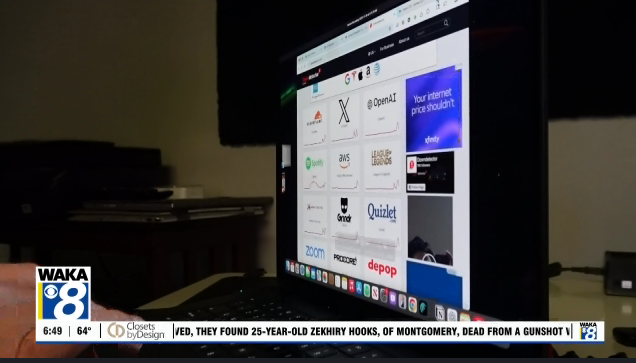What the Tech: See Google feature that helps save your data when you die
By JAMIE TUCKER Consumer Technology Reporter
It is not something anyone wants to think about but here goes: What happens to your online accounts when you die?
Maybe you’ve shared passwords, account numbers, email addresses, contacts, notes, and documents with an attorney. Probably not though. Even if you have a lawyer or trust attorney handling your affairs, they likely haven’t asked for digital assets like
those.
It’s tricky leaving behind all of the digital stuff we’ve accumulated online. No one wants to give someone their passwords now or write them down somewhere.
Google has a feature not many people know about that sends an email to your family with information you’ve chosen to share
with them after you’re gone.
It’s called “Inactive Account Manager”. Here’s how it works, and why you should use it.
Inactive Account Manager will send an email to contacts you choose and will give them access to your Google data when you pass away.
You’ll choose up to 10 people and you can also elect to send them a personal email message they’ll receive when you die. Google lets you choose what you want to share with each person.
You can give someone permission for your photos, someone else your contacts, or someone who gets access to everything.
When you die, those emails go out along with a link where they can access or download the information you’ve left them.
So how does Google know when someone dies? It doesn’t actually but the way it learns or suspects you’ve passed away is a clever bit of computing.
If you go three months without logging into Google or checking your Gmail, Google sends an email or text message to ask if you’re okay. If you don’t respond, Google assumes you might be dead.
The account will be marked inactive and the emails you set up will be sent automatically to the people you chose and they’ll have three months to download your stuff. After that, your Google account is deleted.
Google also lets you respond to emails from the grave sort of. If your account is marked inactive, Gmail will reply to emails with a response you write ahead of time. You can make that email as creepy as you like I guess. For example, if you receive an email addressed to you after your account is marked inactive, the sender will receive an automatic response that you can write ahead of time.
It’s wise for all Google users to set up and manage an inactive account ahead of time. Not just so that your family will take possession of those precious memories and information, but so that the information Google has gathered over the years does not stay on the internet longer than it needs to.
This week Google announced it will begin deleting inactive accounts even if the owner didn’t sign up for Inactive Account Manager. Any Google account that has not been accessed in the last two years will be deleted beginning December 1.






